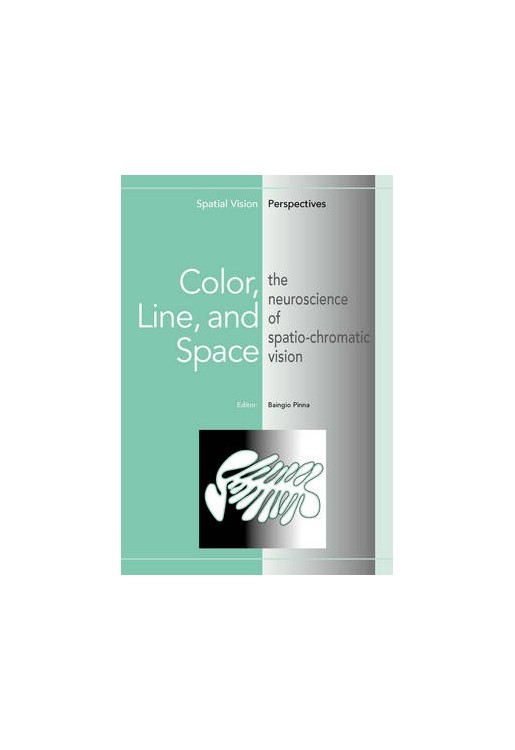This collection of papers by leading researchers in vision science deals with the role of color in spatial vision and the emergent spatio-chromatic properties within visual scenes.
Several fascinating phenomena are studied through psychophysical experiments and explained in terms of neural and computational models. Topics include: prior adaptation to blurry images, chromatic induction, the influence of color contrast on shape perception, Fechner-Benham subjective color, a novel filling-in effect - dynamic texture spreading, the watercolor illusion, and new illusions based on chromatic variations of the luminance profile across the boundaries. 'This book should naturally prove of greatest interest to historians of colonial Central America and historians of missions, for whom it should prove quite useful, [...] even enlightening owing to its wealth of details, and its firm anchoring in primary sources. Historians of the Catholic Reformation, too, might want to dive into this rich collection...' Carlos M.N. Eire, Church History, 1999.
Spatio-chromatic interactions: An introduction
B. Pinna
Neural adjustments to chromatic blur
M. A. Webster, Y. Mizokami, L. A. Svec and S. L. Elliott
Brightness contrast inhibits color induction: evidence for a new kind of color theory
J. Gordon and R. Shapley
Colour contrast influences perceived shape in combined shading and texture patterns
F. A. A. Kingdom, K. Wong, A. Yoonessi and G. Malkoc
Fechner-Benham subjective colors do not induce McCollough after-effects
V. A. Billock, T. Ditzinger, J. A. Scott Kelso and B. H. Tsou
Cone contrast computations: physical versus perceived background and colour constancy
A. Daugirdiene, I. J. Murray, H. Vaitkevicius and J. Kulikowski
Dynamic texture spreading: probing the mechanisms of surface interpolation
D. Wollschlager and F. Faul
Lightness, illumination, and gradients
D. Todorovic
A neural model of surface perception: Lightness, anchoring, and filling-in
S. Grossberg and S. Hong
Dissociation of color and figure-ground effects in the watercolor illusion
R. Von Der Heydt and R. Pierson
Lighting, backlighting and watercolor illusions and the laws of figurality
B. Pinna and A. Reeves
Index
Color plates


